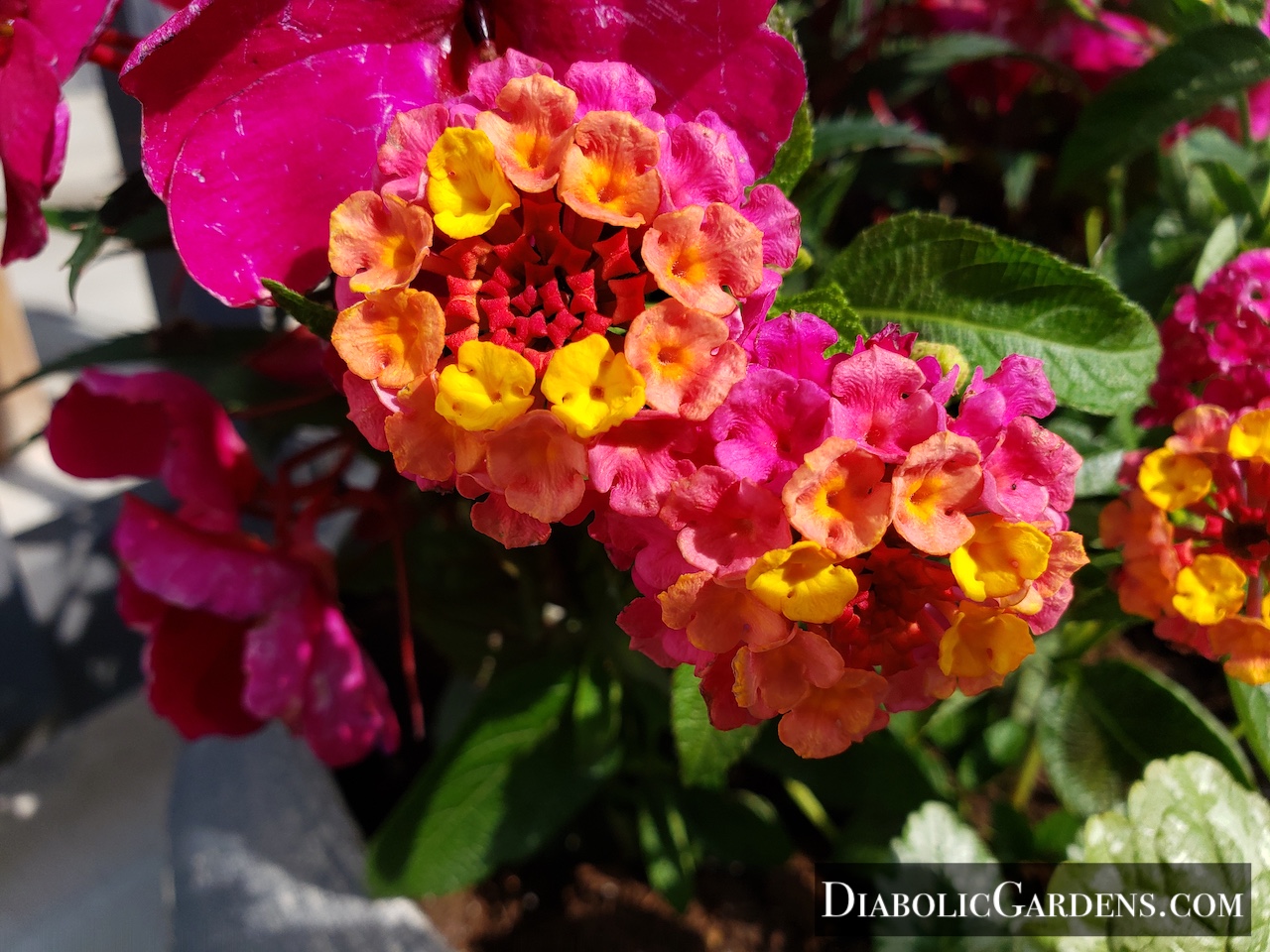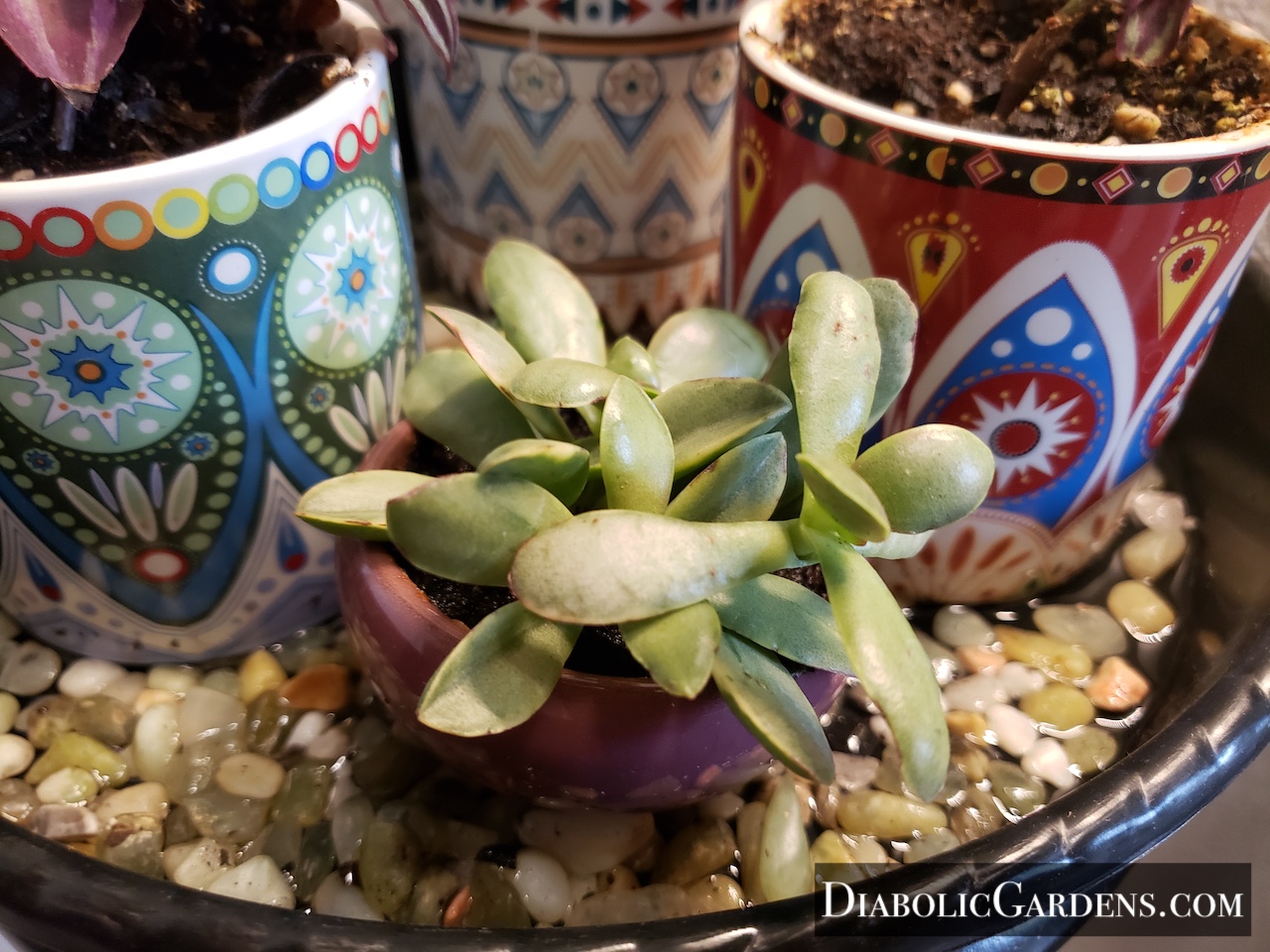Flora - Flowers
Peace Lily
Peace lilies are popular houseplants known for their attractive dark green foliage and striking white flowers.
They are relatively easy to care for and are also known for their air-purifying qualities.
Peace lilies have glossy, dark green leaves and showy, white blooms that change to pale green after about 10 days.

Peace Lily
Spathiphyllum wallisii
Adopted:
2025-03-30
Size:
Height 1 - 4 feet
Toxic:
Calcium oxalate crystals are present in the plant, so they can be toxic to pets and children if ingested.
Care:
Light:
Provide bright, indirect light, such as from an east-facing window or a spot away from direct sunlight.
Water:
Keep the soil consistently moist, but not soggy, and allow the top inch of soil to dry out slightly between waterings. Use room-temperature water that has sat out overnight to allow chlorine to evaporate.
Humidity:
Peace lilies prefer higher humidity levels, so consider misting the leaves, placing the pot on a tray of damp gravel, or grouping them with other plants.
Temperature:
Maintain a stable temperature between 65-80°F and avoid drafts or sudden temperature changes.
Soil:
Use a well-draining potting mix that retains some moisture.
Repot when the roots become rootbound, typically when they appear through the drainage holes or circle the top of the soil.
Fertilizer:
Fertilize during the spring and summer months with an organic fertilizer, following the recommended dosage.
Pruning:
Remove dead or yellowing leaves and spent blooms to encourage new growth.
Propagation:
Peace lilies are best propagated by division, also known as separating offshoots or suckers. This involves separating a mature plant into smaller sections, each with its own roots and foliage.
A Peace Lily is a type of tropical, evergreen plant belonging to the Araceae family. It is native to tropical regions of Central and South America, as well as parts of Asia.
While called "lilies," they are actually members of the Araceae family, which includes other popular houseplants like anthuriums and caladiums.

7/19/25
GROW LOG:
- 3/30/2025 - Adopted Keanu

